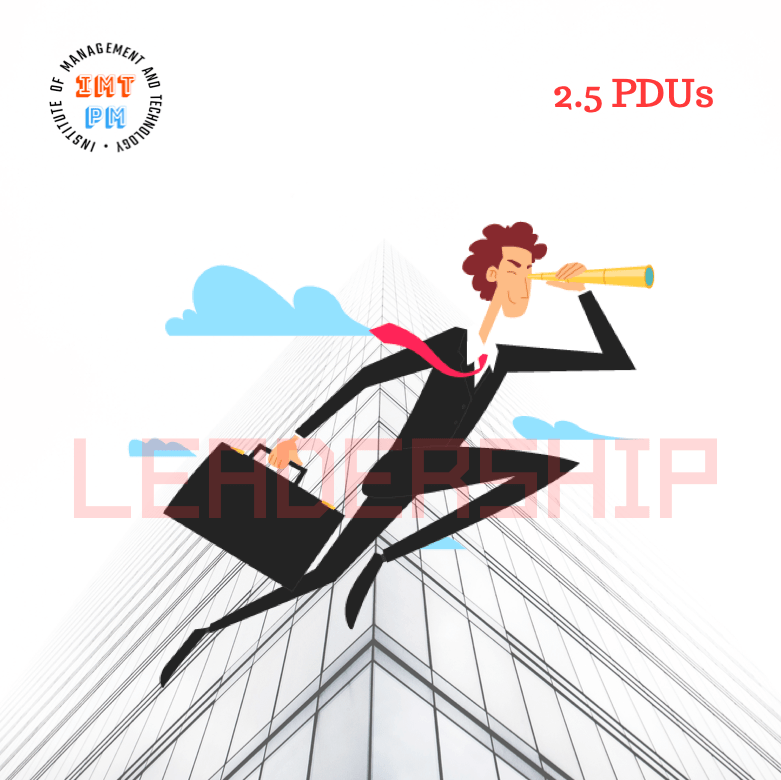Description
🌟 Provided by PMI® A.T.P. #4760. 🌟 Earn 2.5 PDUs Upon Course Completion. 📚
The leadership role of the project manager is increasingly recognized as a critical determinant in delivering success. These skills can often be essential in project situations, where tight budgets and deadlines demand the highest levels of team performance and where the working environment presents fresh challenges daily. Leading project teams, project managers deeply understand that people can be counted, but they are not a number. This course will share with you the power of Emotional Intelligence to project leadership.
When taking in this course, you will:
- Learn some practical advice on giving constructive feedback by applying your Emotional Intelligence.
- Apply the components of Emotional Intelligence and the link between a project’s success and the emotional intelligence of project managers.
- Explore six distinct leadership styles and their impact on the working atmosphere of a project.
- Understand the relationship between the brain’s centers for thought and emotions.
- Define the essential task of a project leader to help people get and stay in the brain zone where they can work at their best.
Course information on PMI®: https://ccrs.pmi.org/search/course/536323

Course Outline
Chapter 1: A SURPRISING SYNERGY – AN INTRODUCTION
The phrase emotional intelligence, or its casual shorthand EQ, has become ubiquitous, showing up in settings as unlikely as the cartoon strips Dilbert and Zippy the Pinhead, and in Roz Chast’s Sequential art in The New Yorker.
Chapter 2: MANAGING WITH HEART
This chapter provides some practical advice on giving constructive feedback – and the consequences of giving critiques poorly. It offers a concrete example of the difference between leading with emotional intelligence, and without.
Chapter 3: WHAT MAKES A LEADER?
This chapter describes the components of emotional intelligence and the link between a company’s success and the emotional intelligence of its leaders.
Chapter 4: LEADERSHIP THAT GETS RESULTS
This chapter describes six distinct leadership styles, each springing from different components of emotional intelligence, based on the research by the consulting firm Hay/McBer, which draws on a random sample of 3,871 executives selected from a database of more than 20,000 executives worldwide. The styles, taken individually, appear to have a direct and unique impact on the working atmosphere of a company, division, or team, and in turn, on its financial performance.
Chapter 5: THE GROUP IQ & SOCIAL BRAIN
This chapter presents the dynamics of the group IQ, then returns to the importance of emotional intelligence in the group IQ and gives information about social neuroscience. Those findings had great implications in light of another set of discoveries about the relationship between the brain’s centers for thought and for emotions.
Chapter 6: PRIMAL LEADERSHIP
This chapter defines the essential task of a leader: to help people get and stay in the brain zone where they can work at their best.







Reviews
There are no reviews yet.